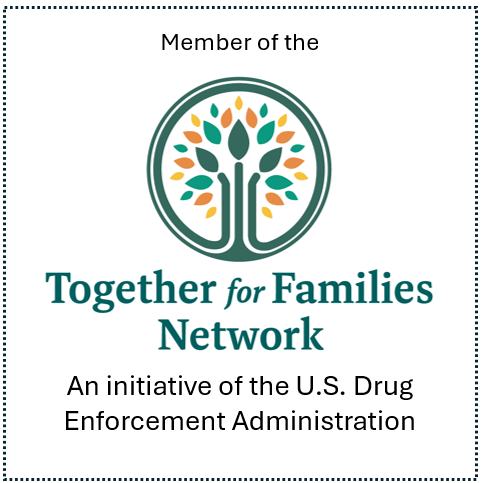Car Seat Safety
Ask the Experts | Det. Ryan Schroerlucke
I recently installed a new booster seat for my toddler but I’m not sure if it is the right size for him, or maybe I moved him out of his other seat too early. How can I be sure?
A: Surprisingly, four out of five car seats are improperly installed, so you are right to question. There are simple guidelines to follow,when assigning your children to safety seats.
STAGE 1: Birth – Approx. 2 years
Children younger than 2 years old are best protected riding in a rear-facing seat. Most convertible seats accommodate rear-facing up to 35 pounds.
- Seat type: infant seat (carrier with or without base) or rear-facing convertible
- In vehicle: rear-facing in the back seat, NEVER in front of an active air bag
- Harness straps: at or below shoulder level
- Harness clip: always at armpit level
- Straps: snug with no slack, ‘pinch test’
- Angle: 45 degree recline (may use pool noodles or a tightly rolled towel to achieve this angle if necessary)
- Installation: less than one inch movement when tested at the seat belt path
When using a rear-facing convertible seat, be sure to use the rear-facing seat belt path and make sure the seat is in the reclined position. Keep your child rear-facing up to the maximum limits of the infant car seat. Children who reach these limits before 2 years old should transition to a rear-facing convertible seat. Always follow the directions from the manufacturer.
STAGE 2: Approx. 2-4 years
Most car seat harnesses can be used until a child reaches 40 pounds, but some seat harnesses have higher weight limits. Check the label on the seat.
- Seat type: forward-facing convertible or forward-facing only combination
- In vehicle: forward-facing in the back seat
- Harness straps: at or above shoulder level
- Harness clip: always at armpit level
- Straps: snug with no slack, ‘pinch test’
- Angle: check car seat owner’s manual for specific requirements
- Installation: less than one inch of movement when tested at the seat belt path
When using a forward-facing convertible seat, be sure to use the forward-facing seat belt path and switch the recline position adjuster to the upright position.
STAGE 3: Minimum 40lbs – 4’9”
Booster seats help protect children by lifting them so the lap and shoulder seat belts connect with their strong bones. Children should remain in a booster until the seat belt fits correctly without it.
- Seat type: high-back booster, no-back booster or forward-facing only combination with harness strap removed
- In vehicle: in the back seat
- Seat belt: always use a lap and shoulder belt with a booster
Use the shoulder belt adjuster if the belt touches the child’s neck. It should cross the collar bone and not touch the neck or be off the shoulder.
STAGE 4: Minimum 4’9”
Your child is ready for the lap and shoulder seat belt if you can answer YES to each of the following questions:
- Is your child at least 4’9”?
- Does the lap belt sit low across the upper thighs?
- Does the shoulder belt lie across the collar bone, not touching the neck and not off the shoulder?
- When the child’s bottom is scooted all the way back against the seat, do his or her knees bend at the edge of the seat?
- Can the child stay seated that way through the entire trip?
Restraint type: lap and shoulder seat belt
In vehicle: children younger than 13 years old always ride in the back seat
Remember, Michigan law states that all children under the age of 8 OR shorter than 4’9” must be properly restrained in a child safety seat or booster seat.
All children under the age of 4 must be properly restrained in a rear-seating position, if one is available.
Originally written as a GP Woods public service release by Detective Ryan Schroerlucke of the Grosse Pointe Woods Public Safety Department. It has been adapted for use to assist our community in general. GP Woods Public Safety has two nationally certified “Child Passenger Safety Inspectors” on staff and offers free car seat inspections by appointment. The office can be reached for an emergency at 911 or 313-343-2410 for all non-emergency calls.
Detective Ryan Schroerlucke is the President of the Grosse Pointe Fraternal Order of Police and Detective for the City of Grosse Pointe Woods Department of Public Safety. He holds a master’s degree in forensic psychology with a specialization in Criminal Behavior and is working on his PhD. in Forensic Psychology with a specialization in Crisis Response and PTSD. Detective Schroerlucke is also a member of the National Council for Behavior Health and is certified in Mental Health First Aid. He can be reached at 313-343-2412 or rschroerlucke@gpwmi.us.







